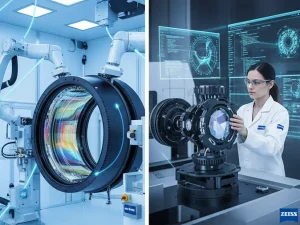
ZEISS’s Vertical Integration: Precision, Control, and Innovation
Unpacking ZEISS’s commitment to in-house production, from raw materials to final optical and industrial solutions, ensuring unparalleled quality.
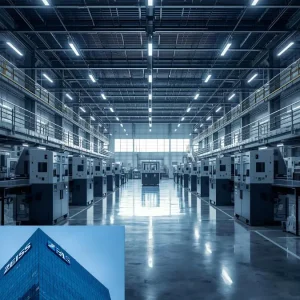
Beyond the Core: ZEISS’s Strategic Vertical Integration for Non-Core Components
ZEISS maintains selective, in-house production of non-core components to ensure unparalleled quality control, mitigate critical supply chain risk, protect proprietary precision manufacturing processes, and accelerate innovation.

Metrology as the Engine: Driving ZEISS’s Research and Development
Metrology is an indispensable, non-negotiable component of ZEISS R&D, providing the precise, quantitative data necessary for validating prototypes and fueling technological innovation across all divisions.

The Unbroken Chain: Traceability’s Critical Role in ZEISS Metrology
Traceability is foundational to ZEISS’s quality assurance, providing a documented, unbroken chain of calibration that links every measurement to the International System of Units (SI).
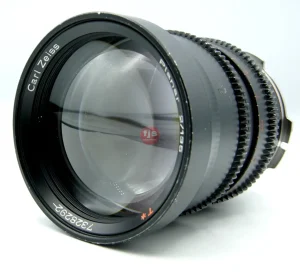
ZEISS CMMs: Precision in Internal Quality Control
ZEISS leverages its advanced CMM technology internally to ensure unparalleled precision and reliability across its product lines, from optics to metrology solutions.
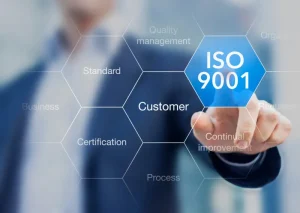
ISO 9001: The Foundation of ZEISS’s Superior Quality Management System
ZEISS utilizes ISO 9001 as the foundational Quality Management System (QMS) framework, systematically ensuring customer focus, process consistency, and continuous improvement while often exceeding the standard with specialized, in-house metrology and industry-specific requirements.
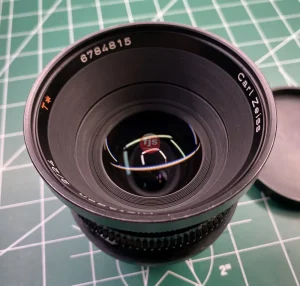
Strategic Vertical Integration: ZEISS’s Hybrid Component Manufacturing Model
ZEISS employs a high-value, hybrid manufacturing model, utilizing strategic vertical integration for core, high-precision optics while leveraging an extensive global supplier network for non-core components.
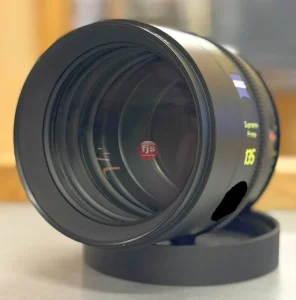
The Critical Role of Metrology in ZEISS Quality Control
Discover how advanced metrology is foundational to ZEISS’s renowned precision and quality across optics, industrial measurement, and semiconductor manufacturing technology.
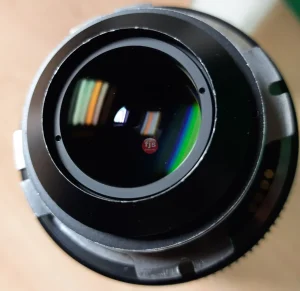
ARRI Lens Quality: Precision Engineering & Rigorous Standards
Explore how ARRI maintains the exceptional quality of its cinema lenses through meticulous design, advanced manufacturing, stringent testing, and ongoing innovation.

Decoding ARRI Optics: The Global Tapestry of Lens Components
Explore the intricate supply chain of ARRI cinema lenses, revealing why not every component is exclusively German-made while upholding ARRI’s legendary quality.

The Precision Craft: Unpacking the Origin of ARRI Lenses
Dive deep into the meticulous world of ARRI lens manufacturing, uncovering where these renowned cinema optics are engineered and assembled for professional filmmakers.
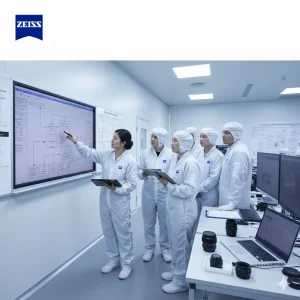
ISO 9001: The Backbone of ZEISS Quality Management
ISO 9001 is a globally recognized standard for quality management systems (QMS). For ZEISS, it’s more than a certification; it’s a foundational framework that underpins their commitment to consistent quality, customer satisfaction, and continuous improvement across all their operations.
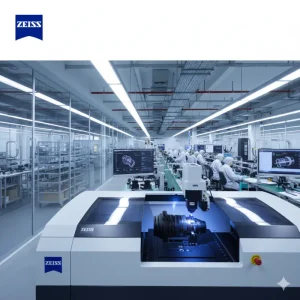
ZEISS Global Quality Control: Precision Across Continents
ZEISS is renowned for optical excellence. But how does this global powerhouse maintain consistent, stringent quality control across its diverse international manufacturing sites?

A Global Footprint: Where ZEISS Lenses Are Made
ZEISS is a global leader in optics and optoelectronics with a vast network of manufacturing and research facilities. While its roots are in Germany, the company has expanded its production to a number of countries
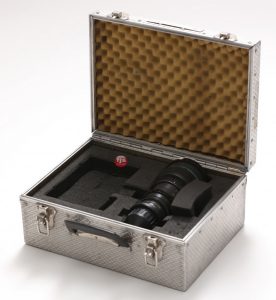
LDS: Integrating Non-ARRI Lenses into the Workflow
The ARRI Lens Data System (LDS) is renowned for its seamless integration with ARRI cameras and lenses. However, in professional cinematography, it’s common to use lenses from various manufacturers.
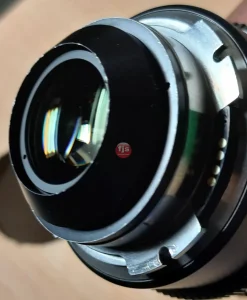
LDS: Integrating Non-ARRI Lenses into the Workflow
The ARRI Lens Data System (LDS) is renowned for its seamless integration with ARRI cameras and lenses. However, in professional cinematography, it’s common to use lenses from various manufacturers.
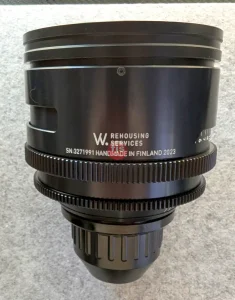
Defining the Look: ARRI, Cooke, and RED Lenses
The “look” of a lens is not just about sharpness. It’s a combination of unique characteristics like color rendition, bokeh, flare, and how it handles contrast and out-of-focus areas.
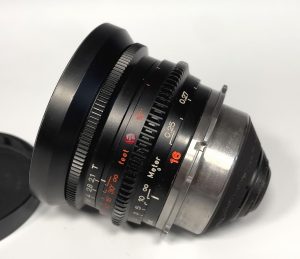
ARRI’s Lens Data System: The Core of Modern Cinematography
The ARRI Lens Data System (LDS) is a sophisticated technology that captures and transmits real-time lens data, offering unparalleled efficiency on set and in post-production. It is an integral part of ARRI’s Electronic Control System (ECS), which streamlines camera and lens operations.

A Technical Analysis of ARRI Lenses and Their Differentiators
ARRI lenses are a benchmark in the motion picture industry. They are not merely optics, but a core component of a holistic camera system, designed for seamless integration and consistent, repeatable results.

The ARRI Lens for Landscape Photography: A Technical Assessment
ARRI lenses are cinematic tools, not traditional photography lenses. For landscape work, their value lies not in convenience, but in their technical precision and unique image character. This article examines what makes them a compelling choice for capturing expansive, detailed vistas.
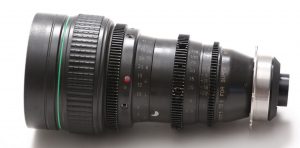
The ARRI Lens for Portraiture: A Technical Assessment
Using ARRI cinema lenses for still photography is a creative choice. While there is no single “best” option, specific lens lines are prized for their unique optical qualities that elevate portraiture.
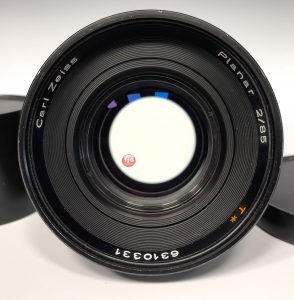
Are ARRI Lenses Worth the Price? A Technical Examination
ARRI, a name synonymous with high-end cinema, produces lenses that command a premium. But beyond the brand prestige, what technical and optical merits justify their substantial cost?
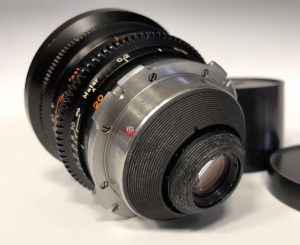
A Technical Deep Dive: The ZEISS Differentiators
ZEISS has long been a preeminent name in optics, but what truly distinguishes their lenses from others? This article explores the core technological and manufacturing differences that set ZEISS apart in the vision care industry.
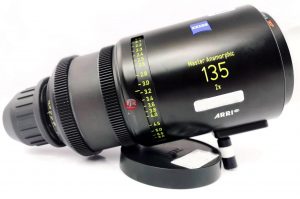
A ZEISS Lens for Every Macro Photographer
Choosing the best ZEISS lens for macro photography involves understanding key technical specifications that influence your creative approach and results.
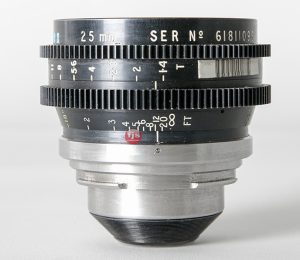
The Best ZEISS Lenses for Landscape Photography
Capturing the grandeur of a landscape requires a special lens. ZEISS offers a distinguished lineup known for their exceptional resolution and color rendering.
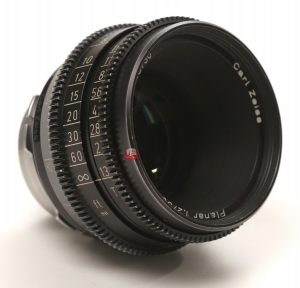
The Best ZEISS Lenses for Portrait Photography
Finding the perfect lens for portraiture is a critical decision, and ZEISS offers a range of options known for their exceptional optical quality and unique rendering. Let’s explore some of the top choices.
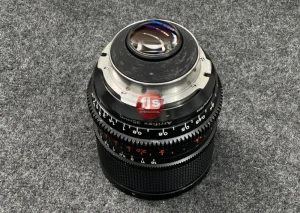
The Best ZEISS Lenses for Portrait Photography
Finding the perfect lens for portraiture is a critical decision, and ZEISS offers a range of options known for their exceptional optical quality and unique rendering. Let’s explore some of the top choices.
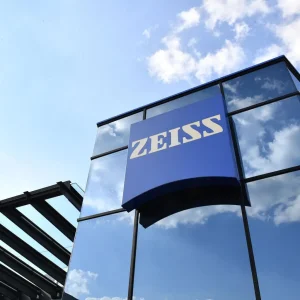
ZEISS Unpacking a Global Manufacturing Network
When considering high-precision optics, the name ZEISS is synonymous with German engineering excellence. However, the manufacturing footprint of this global technology enterprise extends far beyond its storied origins, encompassing a sophisticated, worldwide network of production facilities.

Key Features and Benefits of ZEISS Lenses in Space
The extreme conditions of space, including a vacuum, zero gravity, and radical temperature changes,
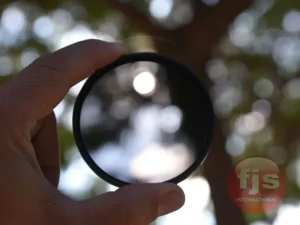
Can Filters Improve the Clarity of Blurry Images?
It’s a common misconception that certain camera filters can magically fix a blurry photograph. Unfortunately, if an image is blurry due to focus error, motion blur, or camera shake,
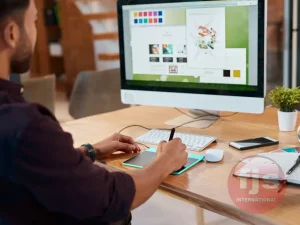
Choosing the “Right” Blending Mode for High Pass Sharpening
When using the High Pass filter for sharpening, you apply it to a duplicate layer and then change that layer’s blending mode.
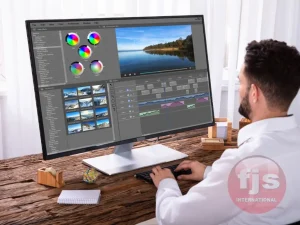
Key Differences: Unsharp Mask vs. High Pass Filtering
The Unsharp Mask is one of the oldest and most commonly used sharpening filters. Its name is a bit of a misnomer, as it doesn’t make things “unsharp”; rather, it’s derived from a traditional darkroom technique.
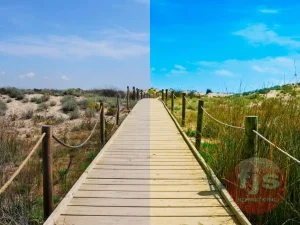
Key Strategies to Avoid Over-Sharpening
Over-sharpening is a common pitfall in photo editing, turning crisp details into harsh, unnatural artifacts. It’s the digital equivalent of adding too much salt – it ruins the dish! Here’s how to ensure your images look naturally sharp, not artificially enhanced:
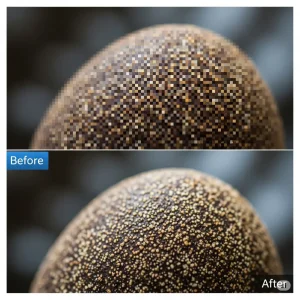
Key Features and Benefits of Proper Sharpening Timing
Sharpening is a crucial step in photo editing that enhances the perceived sharpness and detail in your images. However, applying it at the wrong stage can lead to undesirable artifacts, noise, or a less natural look. Knowing when to sharpen is just as important as knowing how to sharpen.
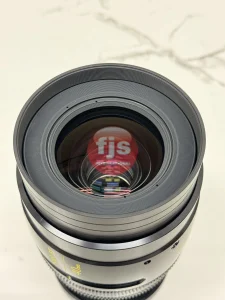
Key Features and Benefits of Photo Lenses for Video
While dedicated cinema lenses are optimized for video, many still photography lenses offer exceptional performance for filmmaking, especially for budget-conscious creators. Here’s what to look for and why they’re recommended:

What is Focus Breathing?
Focus breathing is an optical anomaly where the focal length subtly changes as you adjust focus, causing a distracting “pulsing” or “zooming” effect in video.
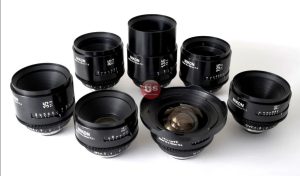
Key Features and Benefits for Video
The 50mm f/1.8 lens, often dubbed the “nifty fifty,” is a popular prime lens known for its affordability and impressive optical qualities. These features translate remarkably well to video production:

Prime vs. Zoom Lenses: Which One Is Right for You?
Choosing between prime and zoom lenses is a common dilemma for photographers, whether they’re just starting out or are seasoned pros. Both types of lenses

Lens Selection: Your Project’s Visual Blueprint
Picking the perfect lens sculpts your story. Learn to match focal length, aperture, and type to your project’s unique vision and demands.
Vintage Lenses: Budget-Friendly Magic or Expensive Hobby?
Unlock timeless looks without breaking the bank. Vintage lenses offer unique character; costly gear isn’t essential.

Film Looks for Less: Budget Lens Alternatives!
Dreaming of cinematic flair without the high-end film lens price tag? Absolutely! Unlock vintage character and stunning visuals on a budget.

Lens Selection: Your Project’s Visual Blueprint
Picking the perfect lens sculpts your story. Learn to match focal length, aperture, and type to your project’s unique vision and demands.

Photo Lenses for Video: Can Your Camera Kit Do Both?
Yes, you can use photo lenses for video! Discover the pros, cons, and essential tips for seamless cinematic integration with your existing gear.

Beat the Breathe: Taming Focus Breathing
Focus breathing can distract from your story. Discover techniques and gear choices to minimize this optical quirk for seamless video.

Cine vs. Photo: Lenses Optimized for Video
While all lenses capture light, some are purpose-built for filmmaking. Explore the features and benefits of lenses specifically designed for video.

Film Looks for Less: Budget Lens Alternatives!
Dreaming of cinematic flair without the high-end film lens price tag? Absolutely! Unlock vintage character and stunning visuals on a budget.

Prime vs. Zoom: Understanding Your Lens Choices
Choosing between prime and zoom lenses impacts your photography. Discover their distinct features, benefits, and how to pick the right one for your style.

Manual Focus Mastery: Technical Strategies for Mitigating Challenges and Enhancing Precision
Manual focus lenses, while offering unique optical characteristics and often a tactile connection to the photographic process, present inherent challenges in achieving sharp focus.

Vintage Lens Maintenance: A Technical Protocol for Safe and Effective Cleaning Procedures
Vintage lenses, prized for their unique optical characteristics, require meticulous care to maintain their performance and longevity.

Lens Mount Adapter Variance: A Technical Analysis of Design and Functionality
Lens mount adapters facilitate the integration of disparate optical systems, bridging the gap between legacy lenses and contemporary camera bodies.

Navigating the world of vintage lenses
It can be an incredibly rewarding journey for filmmakers and photographers alike. These classic optics often possess unique character, rendering images with a distinct aesthetic that modern lenses simply can’t replicate.

Not All Created Equal: Understanding the Variations in Lens Mount Adapters
Lens mount adapters have become indispensable tools for photographers and videographers, allowing them to use lenses from different camera systems.

Direct Connection: Can You Use a Vintage Lens Without an Adapter?
The allure of vintage lenses is undeniable, offering unique optical characteristics and a distinct aesthetic that many filmmakers and photographers crave.

The Hybrid Cinema: Pairing Vintage Spherical Lenses with Anamorphic Adapters
The quest for unique cinematic visuals often leads filmmakers down intriguing paths. One such path involves combining vintage spherical lenses with anamorphic adapters.

The Trials of Vintage Anamorphic: Navigating the Challenges of Cinematic History
Using vintage anamorphic lenses offers a unique cinematic experience, but it comes with a set of challenges that require careful consideration.

The Vintage Anamorphic Allure: Is the Investment Worth the Cinematic Magic?
Vintage anamorphic lenses have captivated filmmakers for decades, offering a unique and organic aesthetic that digital simulations often struggle to replicate.

Zoom and Squeeze: Can You Use an Anamorphic Adapter on a Zoom Lens?
Anamorphic adapters offer a cost-effective way to achieve the cinematic look of anamorphic lenses without investing in expensive dedicated anamorphic glass.

After Effects and Anamorphic Aspirations: Can It Truly Mimic the Real Deal?
Adobe After Effects is a versatile compositing and motion graphics software widely used in filmmaking and video production.

RE:Lens: The Distortion Doctor – Can It Perfectly Replicate the Anamorphic Lens Magic?
RE:Lens, from RE:Vision Effects, is a specialized plugin focused on lens distortion correction and manipulation. Its core strength lies in its ability to precisely control and modify lens characteristics,


